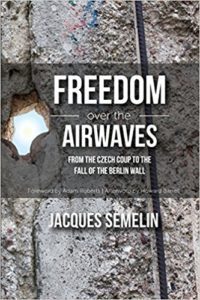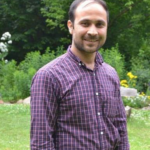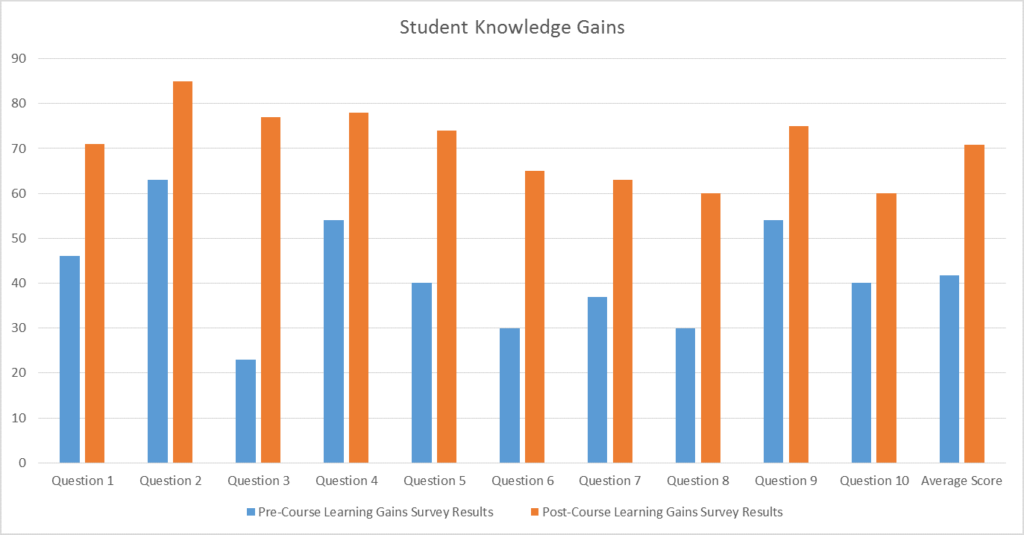It was the night of March 31, and a Congress in flames at the hands of angry protesters was the international image for the political catastrophe that was ensuing in Paraguay. After months of threatening to pass a bill that would approve re-election for the executive, a majority of congressmen from the ruling Colorado Party decided it was time to test how the nation would react to their violation of the Constitution.
Destruction is a powerful attention grabber but a weak building block to fix a political crisis; its life is as short as the flames that ate part of Congress that day. Provoking people to destroy becomes a convenient excuse to repress, to instill fear, and to concentrate power. Sadly, the image of destruction too often becomes the main story, while most constructive stories are glossed over in the midst of chaos, and thus, remain forgotten to the protagonists and the world.
Indignation in Cuidad del Este
The first hours of April brought two tragedies. In Asuncion, a police officer trespassed the headquarters of a political party and shot dead one of its young leaders. In Ciudad del Este, the Police’s Especial Operations Group (aka GEO for its Spanish acronym) ignored the “no violence” chants and opened fire using rubber bullets on protesters who were peacefully laying on the floor resisting GEO’s advances. One could feel anger, indignation, frustration, and desire for vengeance against such cowardice: violence would increase and with it the potential for an increased death toll.
People’s rage took over social media the morning of April 1. In Ciudad del Este, the meeting place in the afternoon was the public square right across from the Municipality’s building. The goal was to resist the bill for re-election; the means and the leadership were less clear. That is why, along with my team members at reAcción, an anti-corruption organization, we decided to join the protests in the public square. We knew violence would be the first option for most citizens, especially the youngest ones, and we would try to channel that violence into something else.
<iframe width=”640″ height=”360″ src=”https://www.youtube.com/embed/yQVChsVaInA” frameborder=”0″ allowfullscreen></iframe>
Young protesters gathering to block the bridge connecting Paraguay with Brazil in the city of Ciudad del Este, effectively cutting off one of the most important commercial routes for the country.
Steps We Took to Get Organized
At the onset of our involvement, our team organized to:
- Hold a workshop in a public square to share knowledge about the importance of nonviolent discipline and how to maintain it.
- Form organizing committees and define victory as successive actions that would convince more citizens to join the cause.
- Record a proclamation in defense of our Constitution.
- Engage peacefully in marches and blocking streets.
- Contact local media, through our organizing committees, with a united message to convey our movement’s goals.
- Produce a video for social media so other Paraguayans could learn about our goals and nonviolent methods.
Challenges We Faced
- Over the course of several days, we began encountering a number of challenges, mainly:
- Political parties positioning their people to attempt to take over leadership of the movement and organize concurrent public demonstrations.
- These parties’ actions undermined our committees’ efforts to engage in nonviolent action in the pursuit of our stated goal; they caused confusion and weakened trust among our participants.
- Some protesters misunderstanding our calls for the use of nonviolent action and maintaining nonviolent discipline as passive and insufficient.
These challenges, and others, led to a frustrating and relatively quick disintegration of the movement.
However, in hindsight, we achieved a major goal: keeping protesters from acting violently, and perhaps helping prevent greater-scale acts of violence during a time of national turmoil.
By the end of April, President Cartes did eventually abandon his bid for re-election. I was left wondering whether this was because of the (albeit uncoordinated and intermittent) citizen demonstrations or simply due to pressure from the international community. Either way, I am proud of the work our team did to keep violence from breaking out. And it is my hope that our actions helped others in Paraguay realize that people can wield power in a much smarter and strategic way than engaging in violence, which I believe is an important step for long-lasting change.



